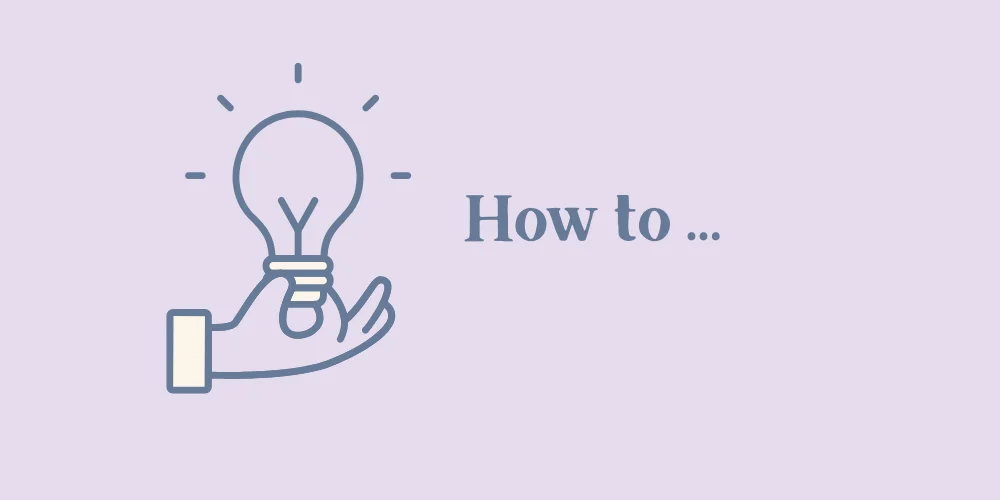I mentioned the benefits of repurposing content in my last article and in this one I want to show you how to do it because content repurposing can sound abstract until you see the steps laid out clearly.
Think of it like running a café. You don’t throw away good ingredients after making one dish - you find multiple ways to use them. Content works the same way. One detailed blog post, podcast, or video can feed Instagram, LinkedIn, email, ads, and more, which saves you time on always having to create something new.
In this article, I will walk you step by step through the process of turning one strong piece of “pillar” content into ten ready-to-use assets.
Step 1: Create Your Core Content
Start with one strong piece of “pillar” content. This could be a blog, video, or workshop recording. The key is depth. A restaurant owner might publish “5 Secrets to a Perfect Sunday Roast.” That single blog has enough material to generate weeks of content.
Step 2: Transform It into Multiple Formats with AI
Here are ten ways AI can reformat your content:
- SEO Blog Post (search-friendly, long-form).
- Twitter/X Thread (short, punchy points).
- LinkedIn Article (professional insights).
- Instagram Carousel (visual storytelling).
- Email Newsletter (short, personal, and linked).
- YouTube Script (spoken version of your key points).
- Podcast Outline (questions and hooks).
- Paid Ad Copy (multiple variations for testing).
- Infographic Outline (facts and visuals).
- Slide Deck Draft (workshops and talks).
A cleaning business could start with “How to Keep Carpets Fresh” as a blog and end up with a social media carousel, ad copy, and even a customer onboarding guide.
Step 3: Audience Engagement Prompts, Not Just Instructions
When you give AI instructions, you are guiding it to reformat content. But the bigger win is when you create prompts that engage your audience. Instead of just saying “rewrite this blog into a tweet,” you might ask AI to generate a question that sparks responses such as, “What’s your biggest challenge with event catering?”
The main benefit to repurposing content in different formats is its ability to help you connect and open conversations with people.
Step 4: Review and Refine
AI creates drafts quickly, but you remain the editor. Check tone, accuracy, and examples. A mobile car mechanic might want references to emergency repairs, not generic tips about dealerships. Adjusting the details keeps content relevant and trustworthy.
Step 5: Publish and Measure
Distribute your assets across the week. Stagger posts so your audience sees the same message in different ways, not all at once. Then measure what works. Did the Instagram carousel get more attention than the LinkedIn post? Double down on the format that works best for your audience. Eventually you will find there are certain platforms that work better for you than others so you don't have to be on them all.
Practical Checklist: Repurposing in Practice
Do you have one strong “pillar” piece to start with?
Have you chosen at least five formats to repurpose into?
Did you include audience engagement prompts to spark conversation?
Have you tailored outputs with local examples relevant to your business?
Are you tracking results so you can refine your approach?
Frequently Asked Questions
Q: How long should my pillar content be?
A: Aim for enough depth to break into smaller parts. A 1,500-word blog, a 20-minute podcast, or a recorded workshop is ideal. A short update usually lacks enough substance to repurpose effectively. More detail upfront makes it easier to spin off multiple versions. Take a look at the content you already have, you may find with minimal effort you can turn it into a pillar content piece
Q: What if I don’t have a blog?
A: Your source doesn’t need to be text. A webinar, client workshop, or even a recorded Q&A can become pillar content. For instance, an event planner could record a short talk on “Budget-Friendly Weddings” and then repurpose it into ads, carousels, and a newsletter series.
Q: How do I decide which formats matter most?
A: Choose based on where your audience spends time. A beauty salon might prioritise Instagram carousels and YouTube shorts. An accounting firm may lean on LinkedIn and newsletters. Start with the top three based on where you believe your audience to be, test each platform taking note of what worked and how well it worked so you can do it again and see if you get the same result. Then once you have your top three working you can expand to others.
Q: Can I repurpose content without a marketing team?
A: Yes. That’s the point. AI makes it possible for small businesses to produce professional-looking outputs without hiring a team. You provide the message, AI creates drafts, and you refine. It’s efficient, affordable, and keeps you consistent across channels.
Insights: Small Systems Create Big Impact
Repurposing isn’t just a trick to save time it can become a system that will benefit your business. When you build the habit of turning one strong piece of content into many assets, you create consistency, visibility, and authority without burnout. This approach is what helps a florist, caterer, or accountant look everywhere at once while only creating once. Small systems, applied steadily, lead to big marketing wins.


